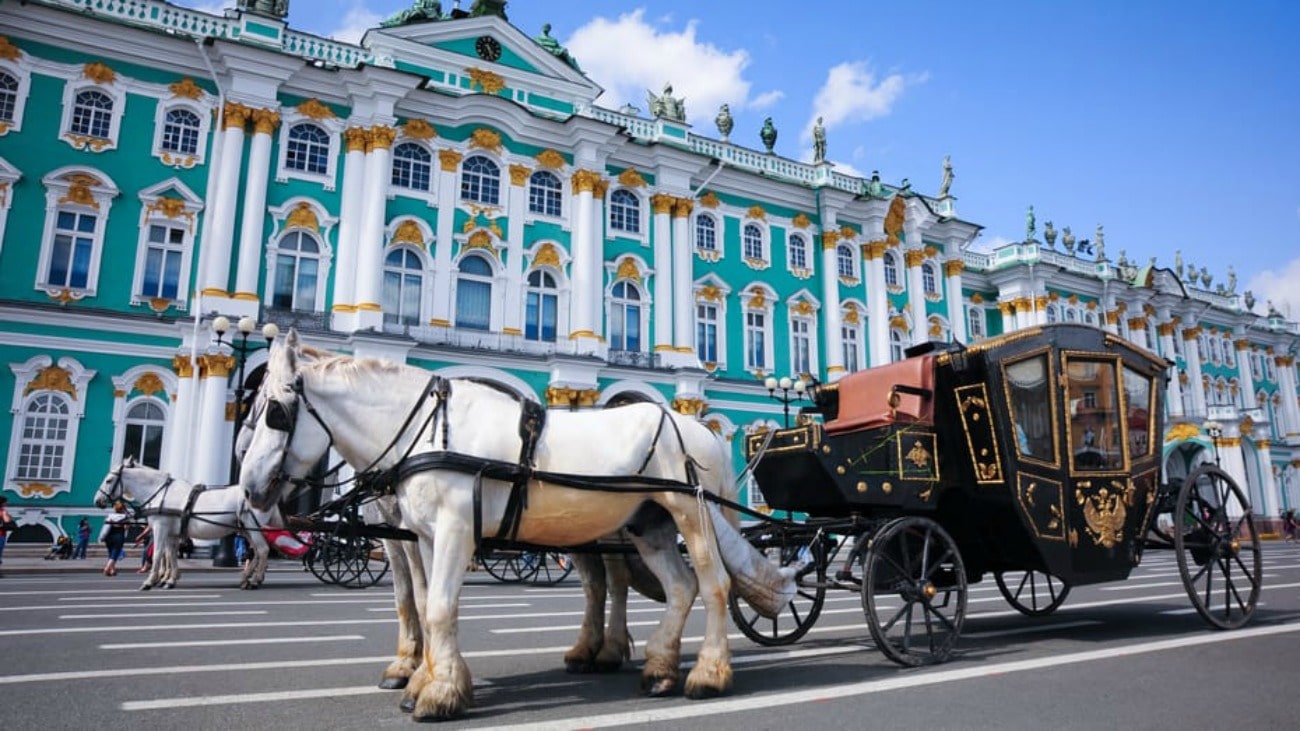Think about going to St. Petersburg in the summer for White Nights—a season that boasts up to 21 hours of daylight.
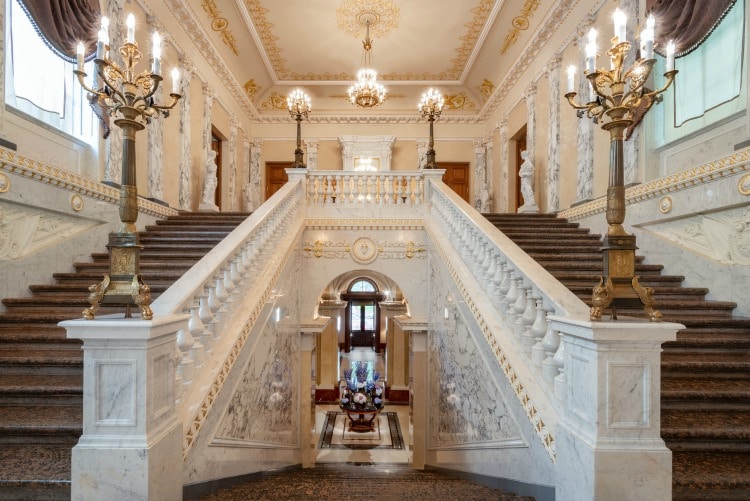
Petrograd
St. Petersburg was so named by Tsar Peter the Great, after his patron saint, who is traditionally pictured holding the keys to heaven. I wanted to get there quickly (12 hours, lol) so I flew through Warsaw, Poland on a night flight that leaves NYC in the evening and arrives a day later in time for dinner. I booked a flatbed on Lot Airlines, where the service was friendly and the food tasty. Hint: ask for a single window seat for maximum privacy. When I landed, I was greeted by a statuesque blonde holding a golden tablet that signals the luxurious hospitality experience that is the Four Seasons. I was whisked to the hotel in a 7-series BMW.
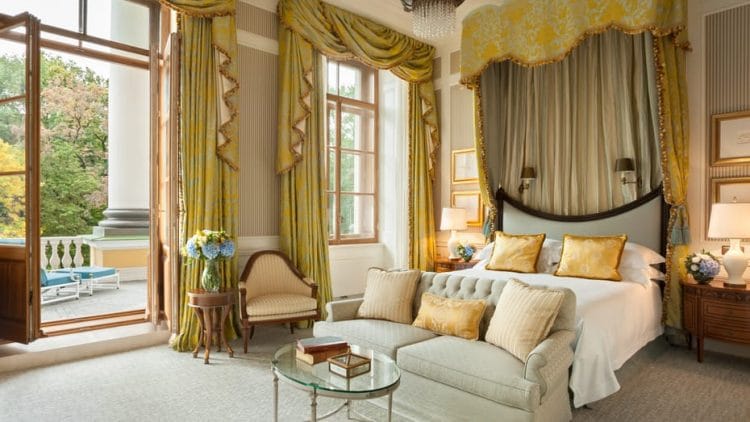
The Four Seasons Lion Palace
After a six-year, multi-million-dollar renovation, in 2013 the Four Seasons opened a heavenly hotel in the former Palace of Prince Alexander Yakovlevich Lobanov-Rostovsky. Known as the Lion Palace thanks to the imposing pair of marble lions flanking the entrance, the triangular pale yellow-hued circa 1820 building is one of St. Petersburg’s iconic landmarks. Located in the heart of the city, it’s a short walk from other sights including the Hermitage Museum and Palace Square.
I’ve said it before and I’ll say it again, if you can’t look out your window and see a landmark that identifies with the city, you’re in the wrong room or the wrong hotel. Luckily, here you can’t go wrong. I woke up a little woozy from the flight to find two angels with enormous white wings perched outside my windows in front of a golden domed cathedral. I thought I was hallucinating until I stepped out onto my terrace and realized, of course, they were made of white marble; next door to the hotel is the magnificent St. Isaac’s Cathedral, one of the city’s most important landmarks. To see snowflakes brush St. Isaac’s golden dome that soars 25.8 meters into the sky is as close to heaven as many people will ever get.
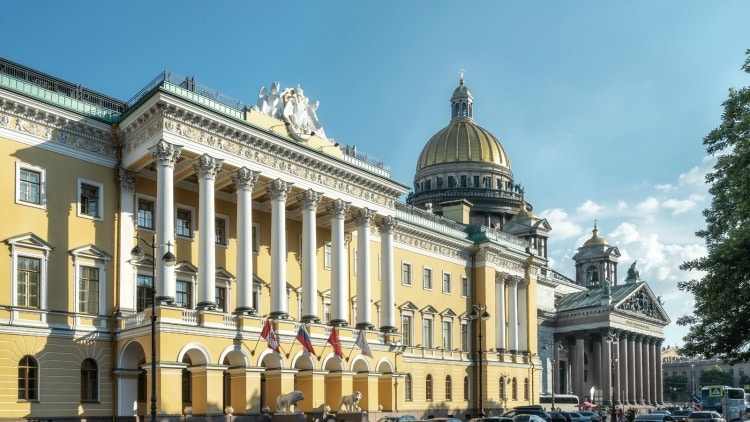
Saint Isaac’s Cathedral
No worries if you’re not a believer, Saint Isaac’s nonetheless is a must-see attraction. Completed in 1858 by order of Tsar Alexander I, the cathedral was designed by Auguste de Montferrand and today still dominates the city’s skyline. Built to accommodate 14,000 worshippers, the soaring space features detailed mosaics and paintings, columns of malachite and lapis lazuli, and magnificent stained-glass windows.
The Hermitage
The Hermitage is one of the greatest art museums in the world. There are over 3 million priceless objects here which would take more than ten years to see if you only spent one minute on each one – and that’s not considering the breathtaking gold leafed interiors and frescoes evoking Imperial-era Russia. It’s difficult to describe the beauty of this palace, which was built by Empress Elizabeth, Peter the Great’s daughter. The Winter Palace was continuously expanded starting in 1725 with Peter the Great and culminating with Catherine the Great, who ruled from 1762 – 1795. Catherine added the Hermitage to the collection of buildings making up the complex, and became a great patron of the arts, buying the finest European collections and commissioning exquisite jewels that make up a collection rivaling those of The Met and The Louvre. Some highlights of the 17,000 paintings include works by da Vinci, Rafael, Titian, El Greco, Rembrandt, Rubens and other Old Masters.
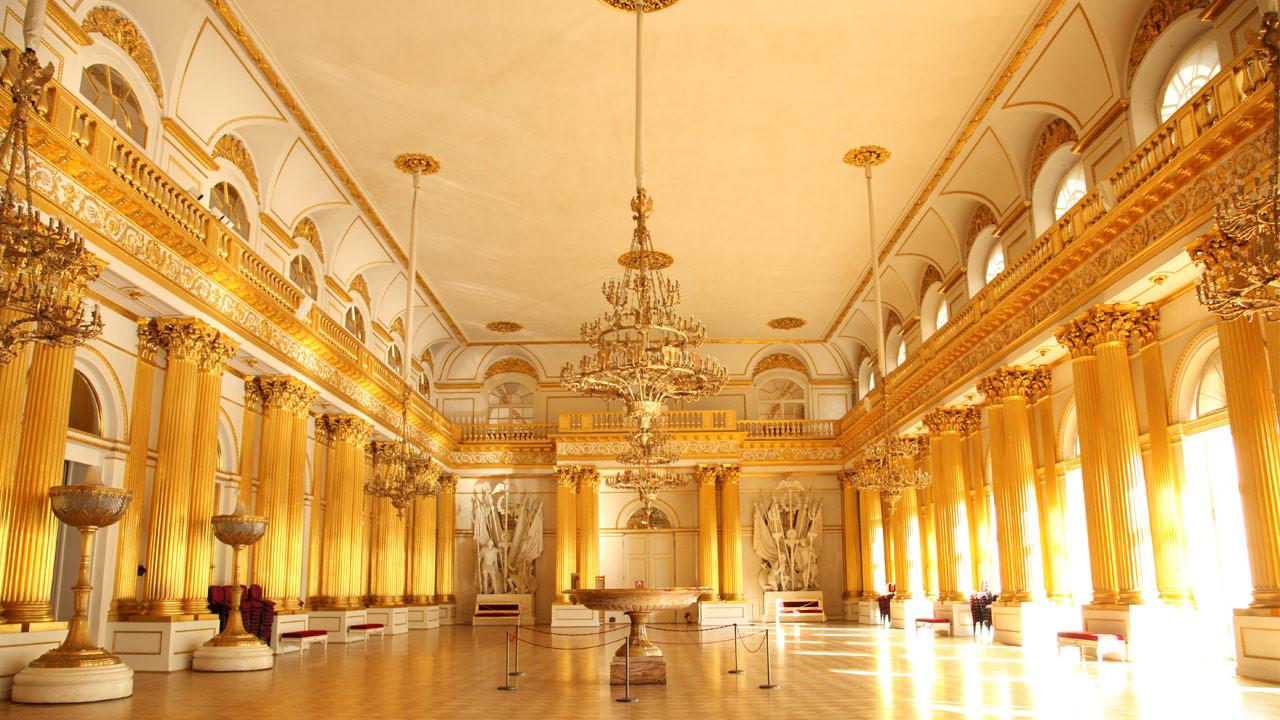
Palace Square, Impressionist Paintings
Across Palace Square at the General Staff Building you’ll find some of the most important Impressionist paintings on earth. Hidden away at one time in the Hermitage attic, masterpieces like Matisse’s “The Dance” and “Music,” works from Picasso’s blue and red periods, and paintings by Renoir, Manet, Monet, Kandinsky, and some of the biggest names in art history are now beautifully displayed in their own spacious venue.
Tip: Ask the concierge to book the special 9 am slot and beat the crowds that usually arrive by noon. The museum opens at 10:30 am. It’s worth purchasing the separate tickets required to view the Golden and Diamond rooms containing gold treasures and jewelry.
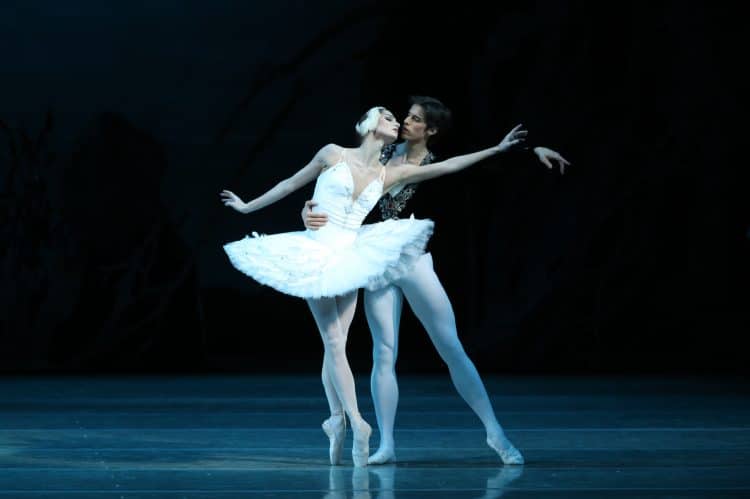
The Mariinsky Theatres
The historic, circa 1860, Mariinsky Theatre and its 2007 cousin, the Mariinsky II concert hall, offer almost nonstop ballet, opera and musical performances. Rimsky-Korsakov’s The Tsar’s Bride, a compelling opera about love, betrayal and revenge, and the classical ballet Giselle, with a brilliant cast, were among the shows playing during my visit.
The Russian Museum
The State Russian Museum is the world’s largest depository of Russian fine art and, like many of the attractions in St. Petersburg, it’s housed in an extravagant palace. Make that three palaces: the main collection is at Mikhailovskiy Palace, the Marble Palace houses contemporary art and the Stroganov Palace contains 18th and 19th-century works. Today it includes over 400,000 artworks covering Russian art from the 11th century to today.
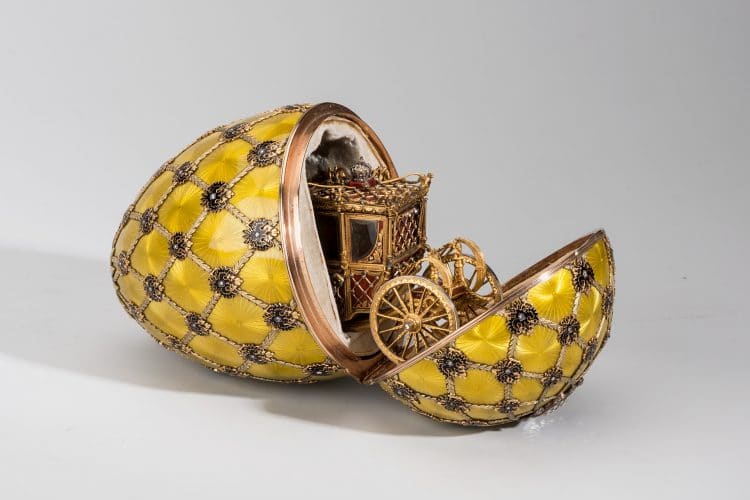
Fabergé museum
Billionaire industrialist Viktor Vekselberg dreamt of bringing artistic treasures back to Russia. In 2004 he purchased 200 Fabergé objects owned by the Forbes family for reportedly more than $100 million. He then took over the 19th-century canal-fronting Shuvalov Palace and restored it to grandeur as a setting worthy of this collection.
There are 14 Royal Eggs here, including the very first, the “Hen,” created by Peter Carl Fabergé in 1885. That first egg is deceptively plain, in cream-colored enamel over solid gold, as the Emperor directed Fabergé to make it realistic looking. Inside the egg was a hen with a miniature of the royal crown, and a ruby pendant. Sadly, both those went missing. The other eggs are much more elaborate and have names like The Coronation Easter Egg (1897), Rosebud Egg (1895), Coronation Egg (1897), and The Duchess of Marlborough Egg (1902). With over 1,000 pieces, this is the world’s largest private collection.
Church of the Spilt Blood
There are numerous gorgeous churches in this city and although some still serve as centers of worship, most have been turned into museums. My favorite is the Church of the Spilt Blood, more formally known as the Church of the Savior on Spilled Blood. The church is one of the most popular sights in St. Petersburg, in large part because of its striking architecture; it is so lavish, it took 24 years to complete. The interior is breathtaking, with over 23,000 feet of mosaic artwork inside the main dome. Even in this staggeringly beautiful city, the Church of the Spilt Blood is considered a rare jewel.
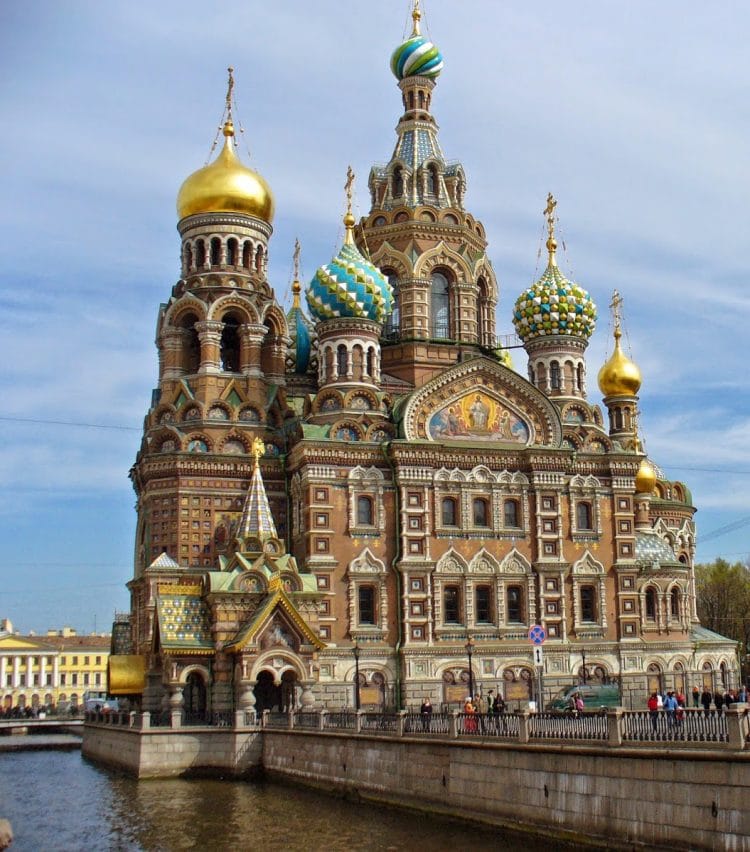
Yusupov Palace
One of the only imperial-era residences that retains much of its original interiors and furniture is the Yusupov Palace, home of the ultra-wealthy Yusupov family. What makes it famous isn’t its private theatre or Rococo ballrooms that hold parties for 2,000 people, but the fact that Rasputin was murdered here in the basement apartment. Prince Felix Yusupov and his cohorts plied him with drugged wine, then shot him, only to have him escape through a small door to the courtyard that’s still working. From there he was finished off and thrown into the Neva river. This is the stuff they write books and make Hollywood movies about. There are mysterious tours of the chambers where Rasputin’s murder took place.
Peter & Paul Fortress
The main attraction on the island fortress of Kronstadt is the ornate church that boasts one of the most elaborate Baroque alters in the world. This fortress was the first structure built in St. Petersburg in 1703. Its cathedral is the burial place of nearly all the Russian royal family since Peter the Great. The graves of the Romanov rulers including Nicholas II and his family, Peter the Great and Catherine the Great and Peter III, are worth seeing. Anastasia, the murdered Russian princess, is buried here despite the claims that she escaped and she’s alive and living somewhere. The fortress is a popular gathering place for St. Petersburg locals, to watch the walruses sunbathing on the beach and frolicking in the water in all seasons, and, in warmer months, for picnicking, concerts and festivals.
[alert type=white]
The country code for Russia is 7.
Where to Stay:
Four Seasons Hotel Lion Palace – If you stay here a different surprise may arrive at your door every day. The first day I found a basket woven of chocolate with gold leaf edges filled with chocolate truffles. Another day, a glass dome covered a tray of caviar-filled hors d’oeuvres, and my favorite was a blue Easter egg with landmarks of the city etched in gold. 1 Voznesensky Prospekt, St. Petersburg, +7 (812) 339-8000; fourseasons.com/stpetersburg
Belmond Grand Hotel Europe – Nevsky Prospekt, Mikhailovskaya Ulitsa 1/7, 191186 St. Petersburg, +7 (812) 329-6000;
belmond.com
Hotel Astoria – 39 Bolshaya Morskaya, St. Petersburg, +7 (812) 494-5757;
roccofortehotels.com
Where to Eat:
Terassa – Kazanskaya Ulitsa, 3А, Saint Petersburg, +7 (812) 640-1616;
ginza.ru/spb/restaurant/terrassa
Palkin – Nevsky Avenue, 47, Saint Petersburg, +7(812) 703-5371;
palkin-kafe.ru
Monsarda – Pochtamtskaya Ulitsa, 3, Saint Petersburg, +7 (812) 640-1616;
ginza.ru/spb/restaurant/mansarda
What to See & Do:
The State Hermitage Museum – Dvortsovaya Naberezhnaya 34, +7 (812) 710-9079, hermitagemuseum.org
Faberge Museum – Fontanka River embankment, 21 Saint Petersburg, +7 (812) 333-2655; fabergemuseum.ru
The Mariinsky Theatre – Theatre Square, 1, Saint Petersburg, +7 (812) 326- 4141; mariinsky.ru
The Russian Museum – Inzhenernaya St, 4, Saint Petersburg, +7 (812) 347-8719; rusmuseum.ru
[/alert]

